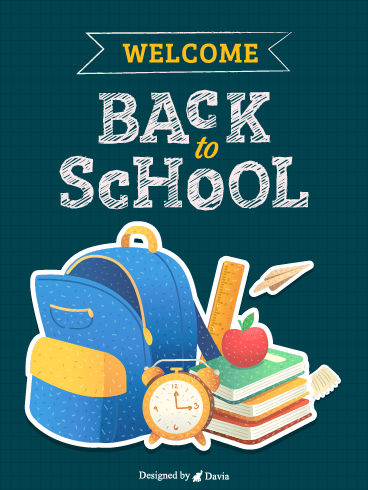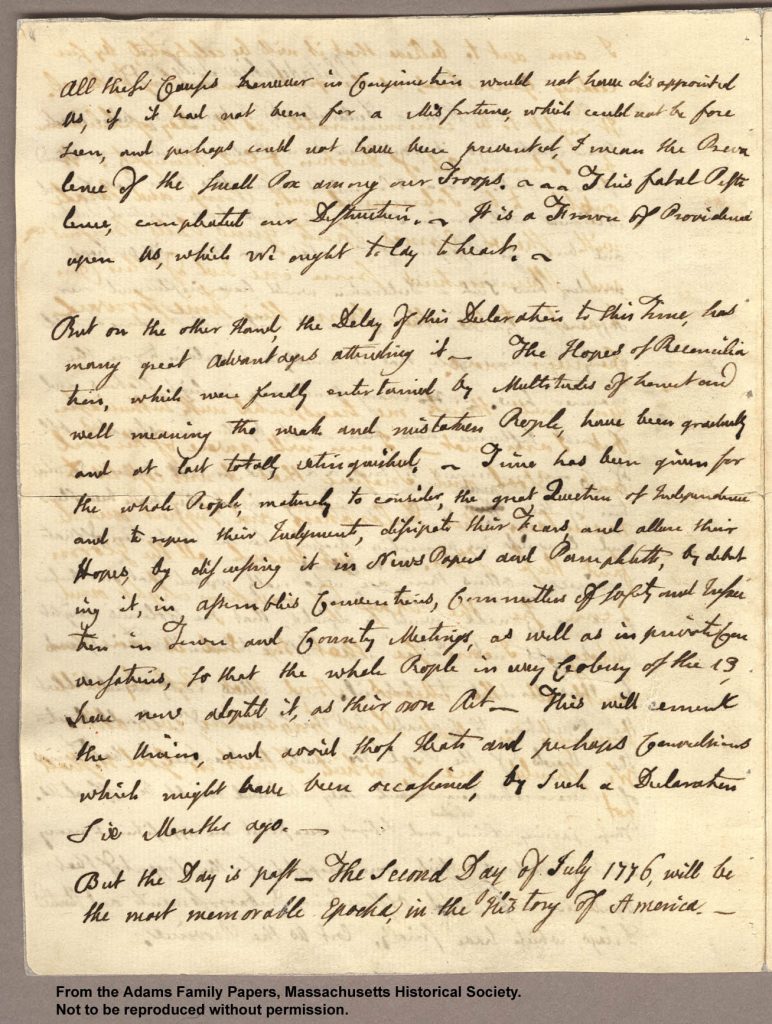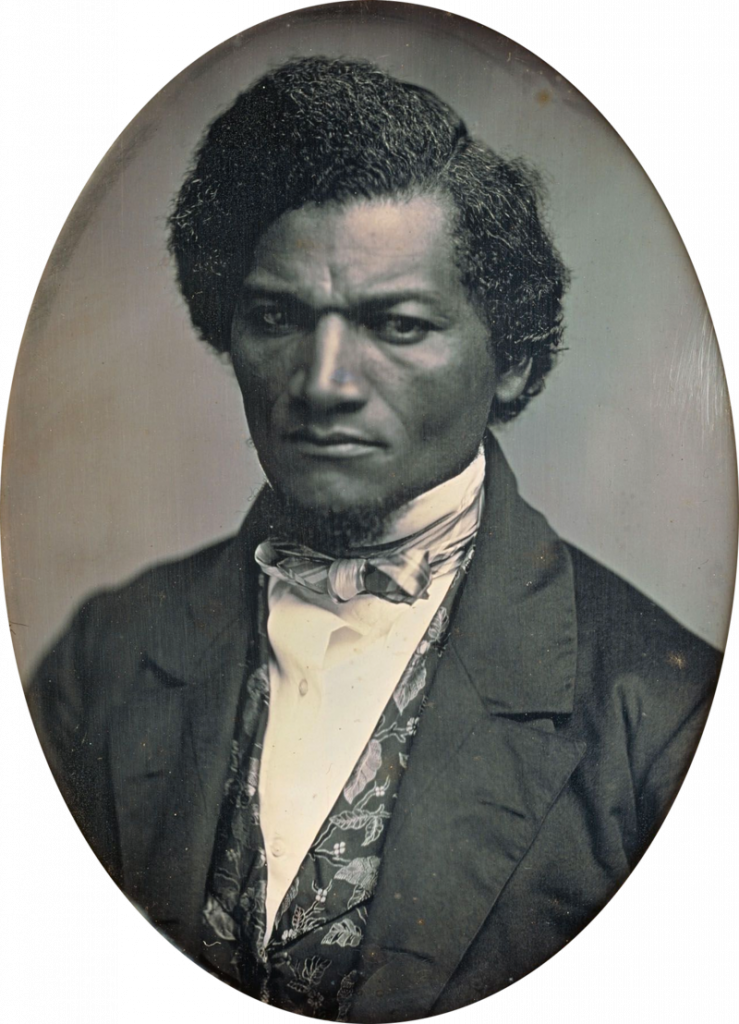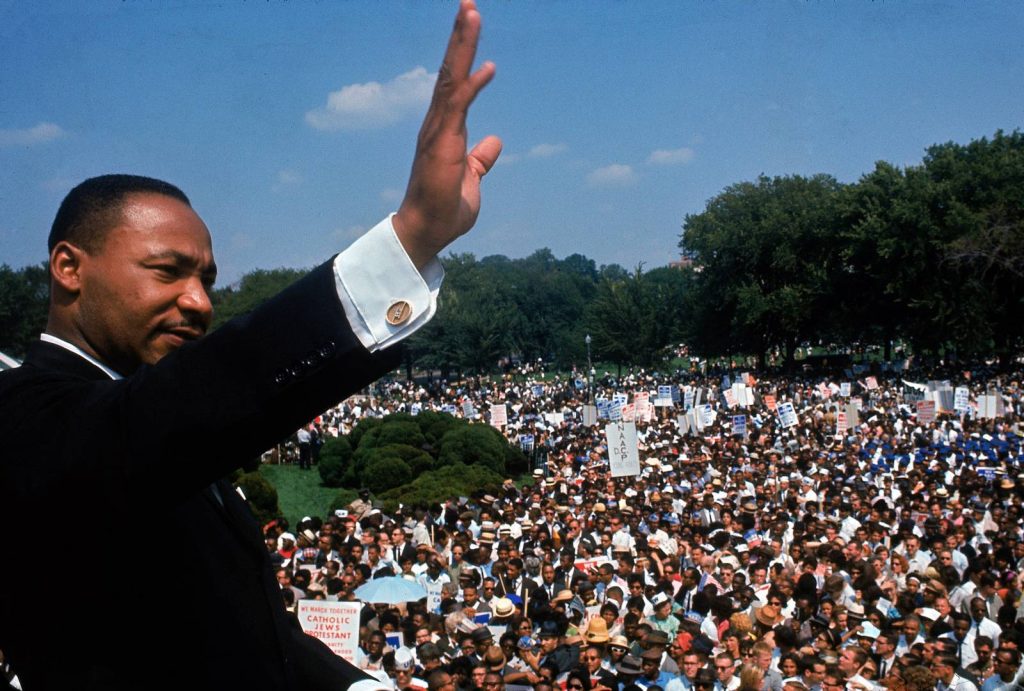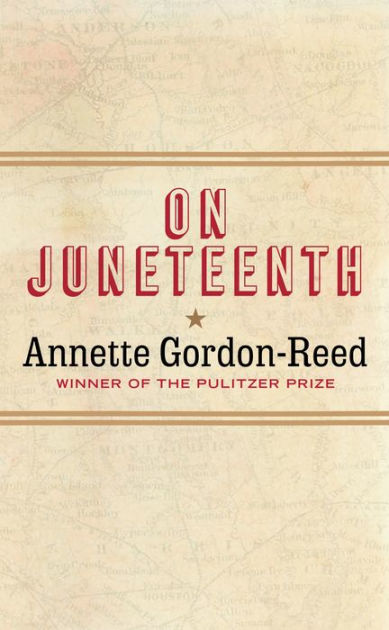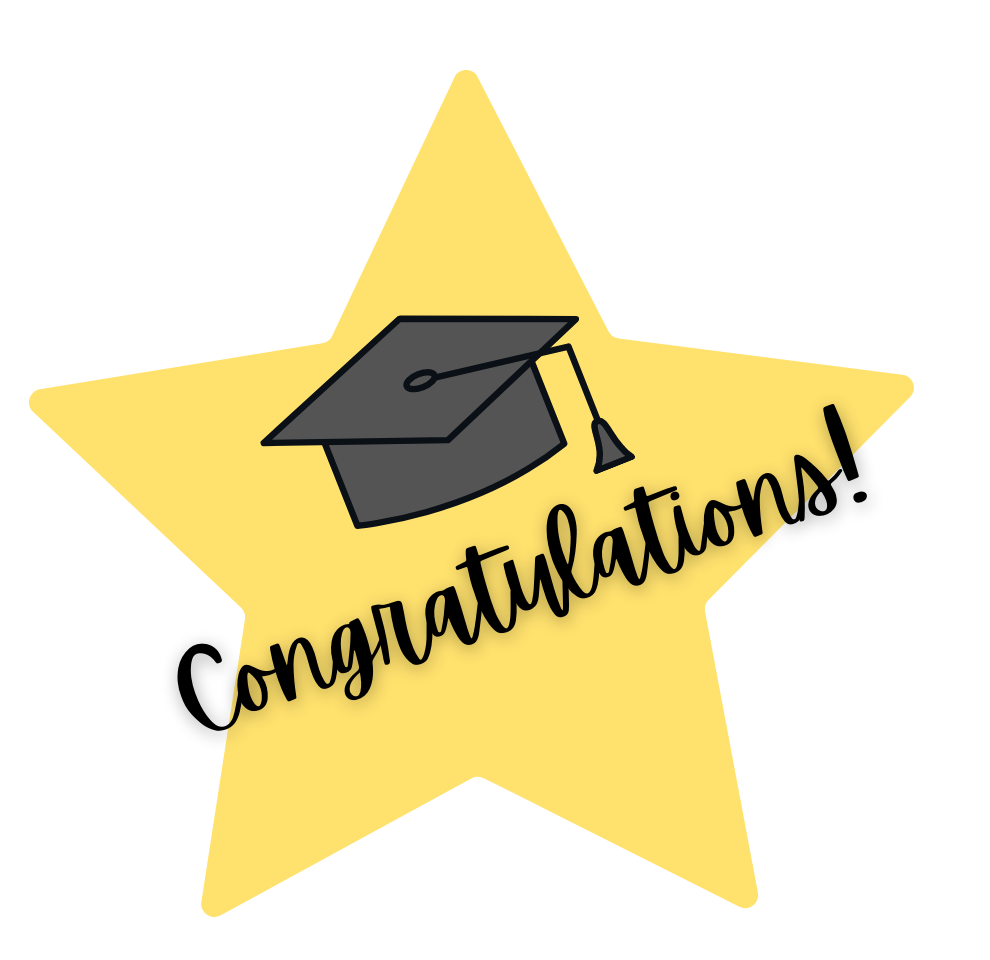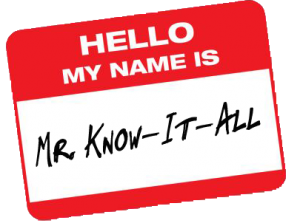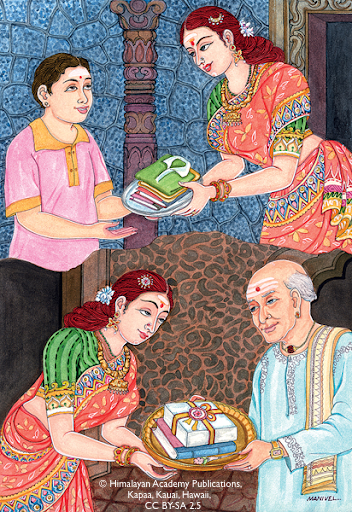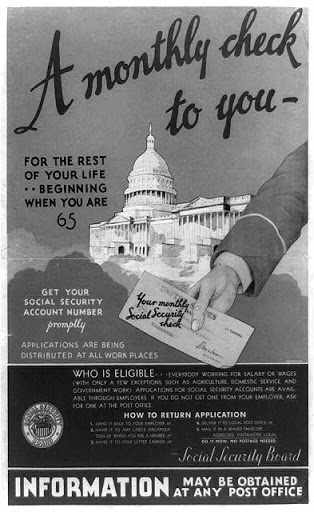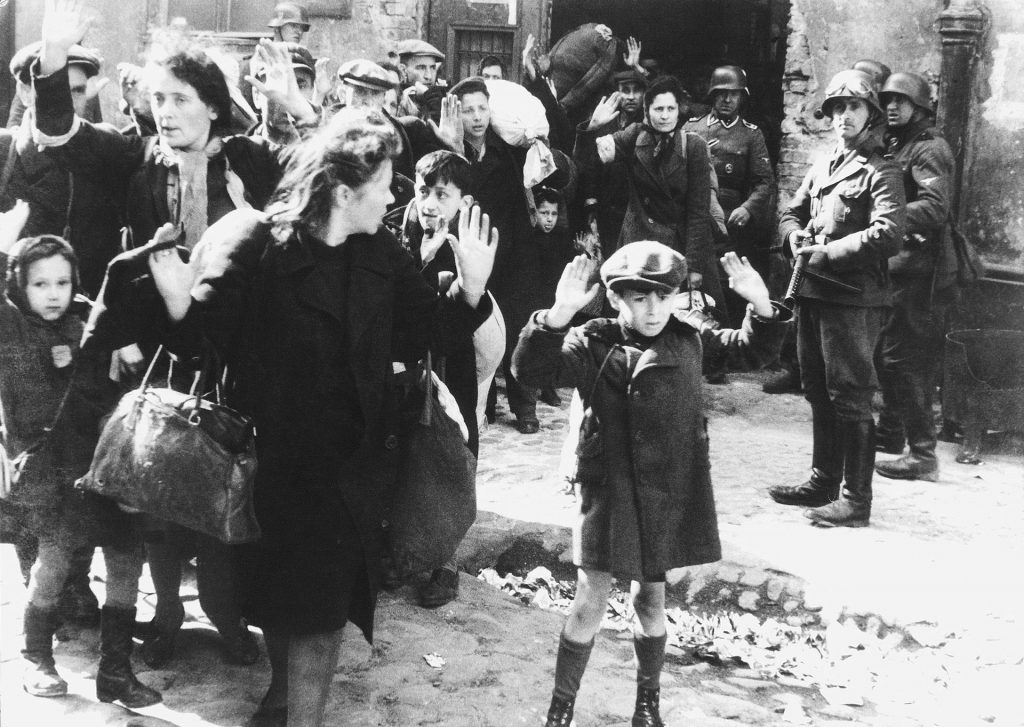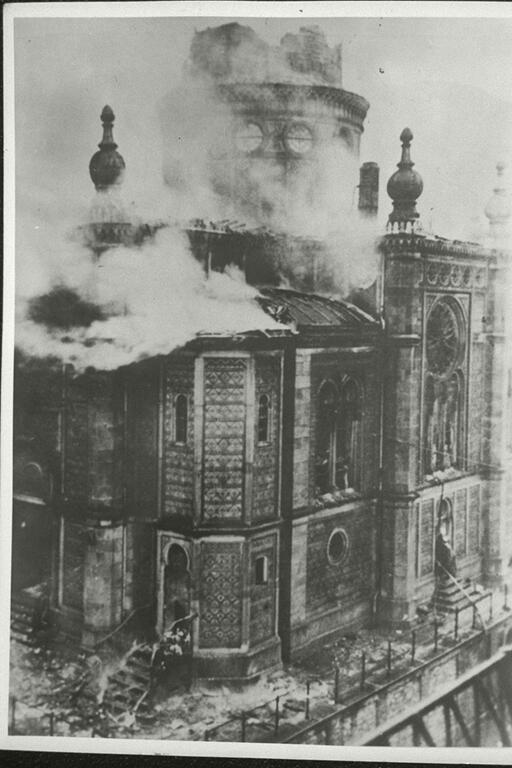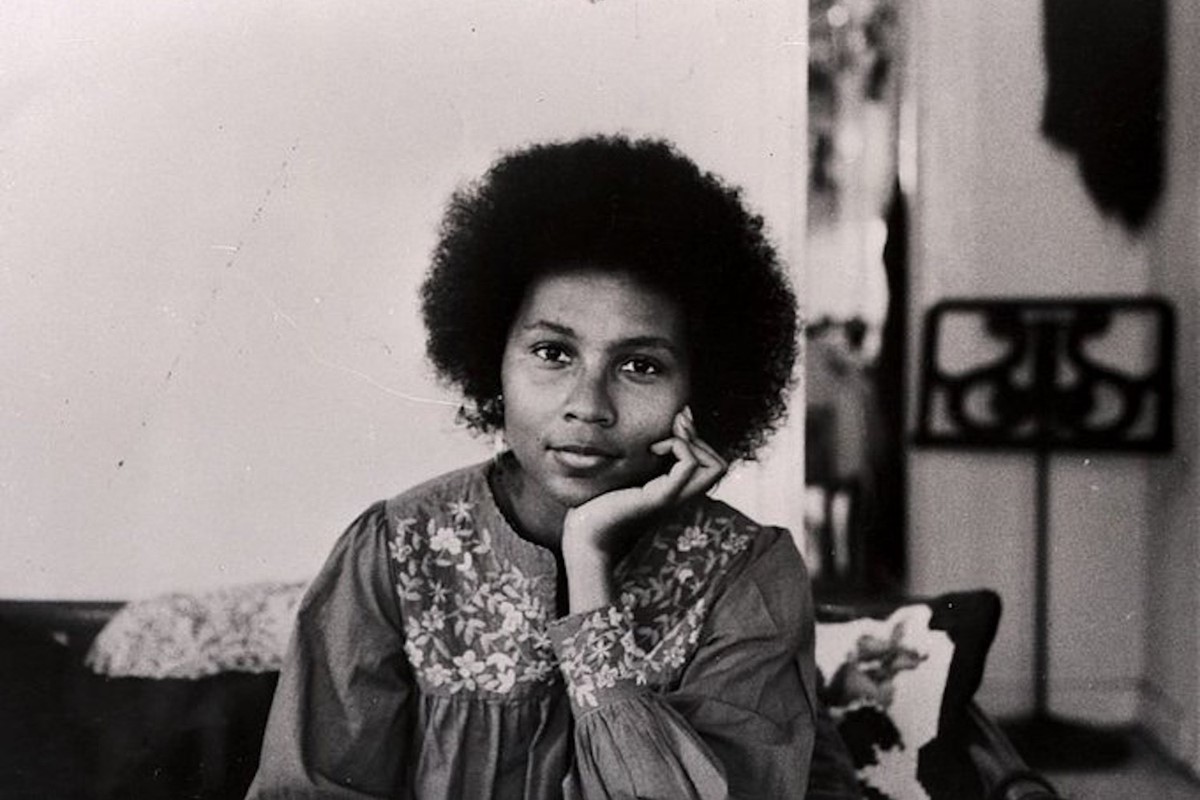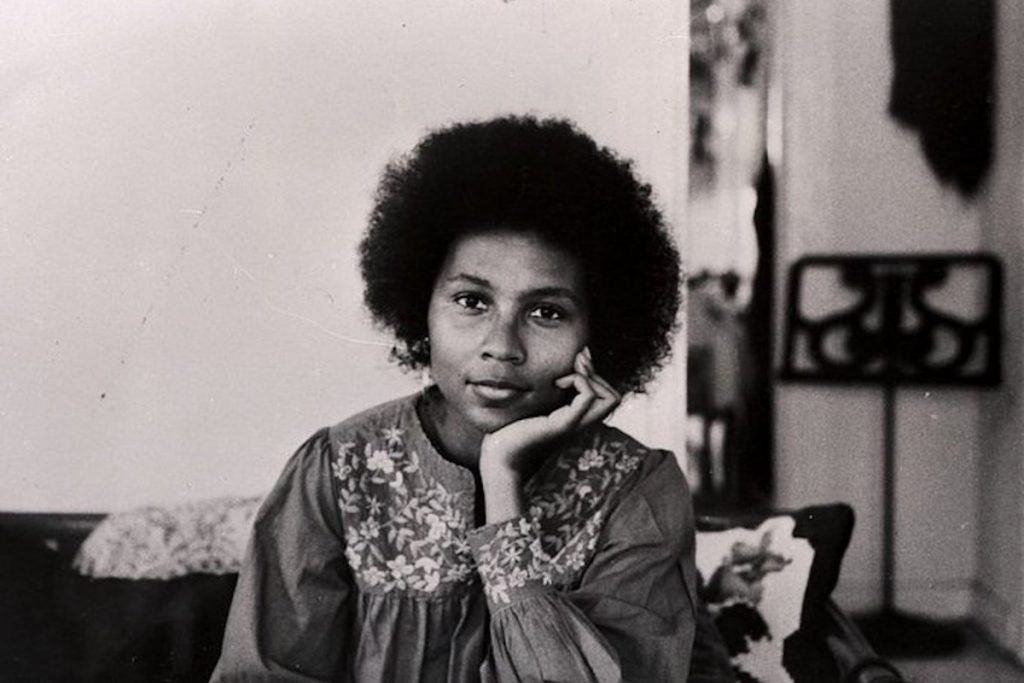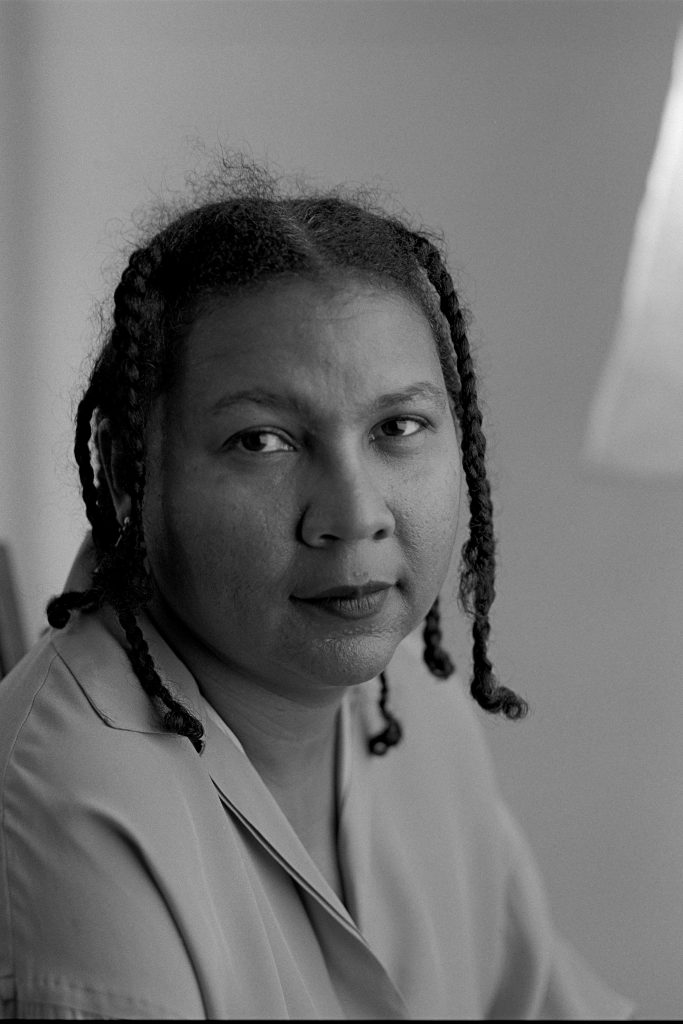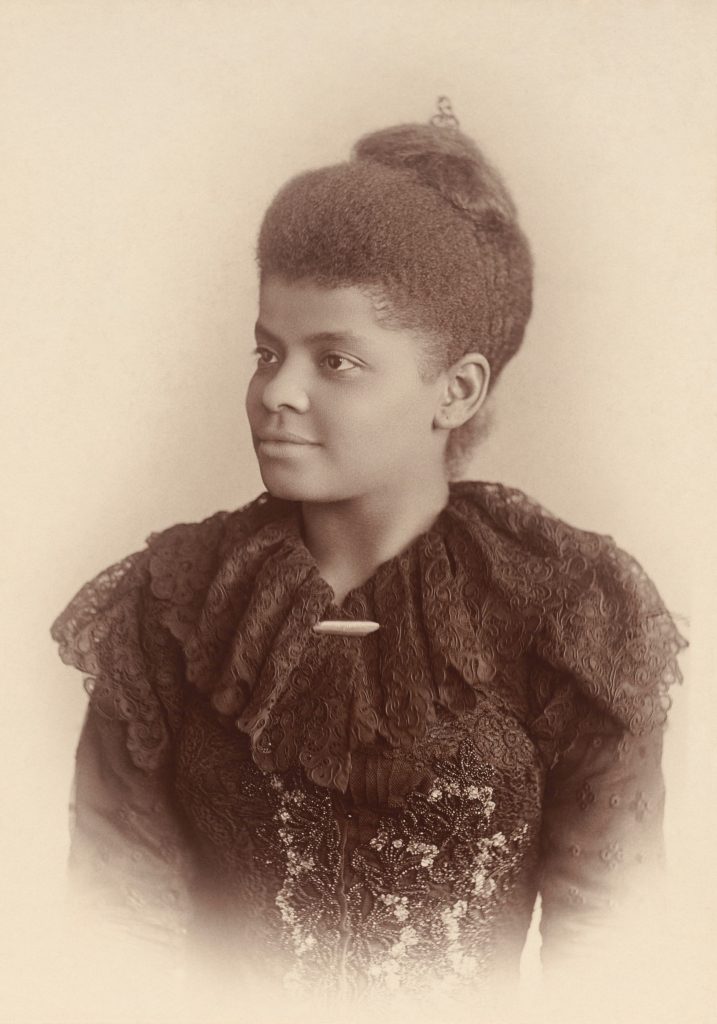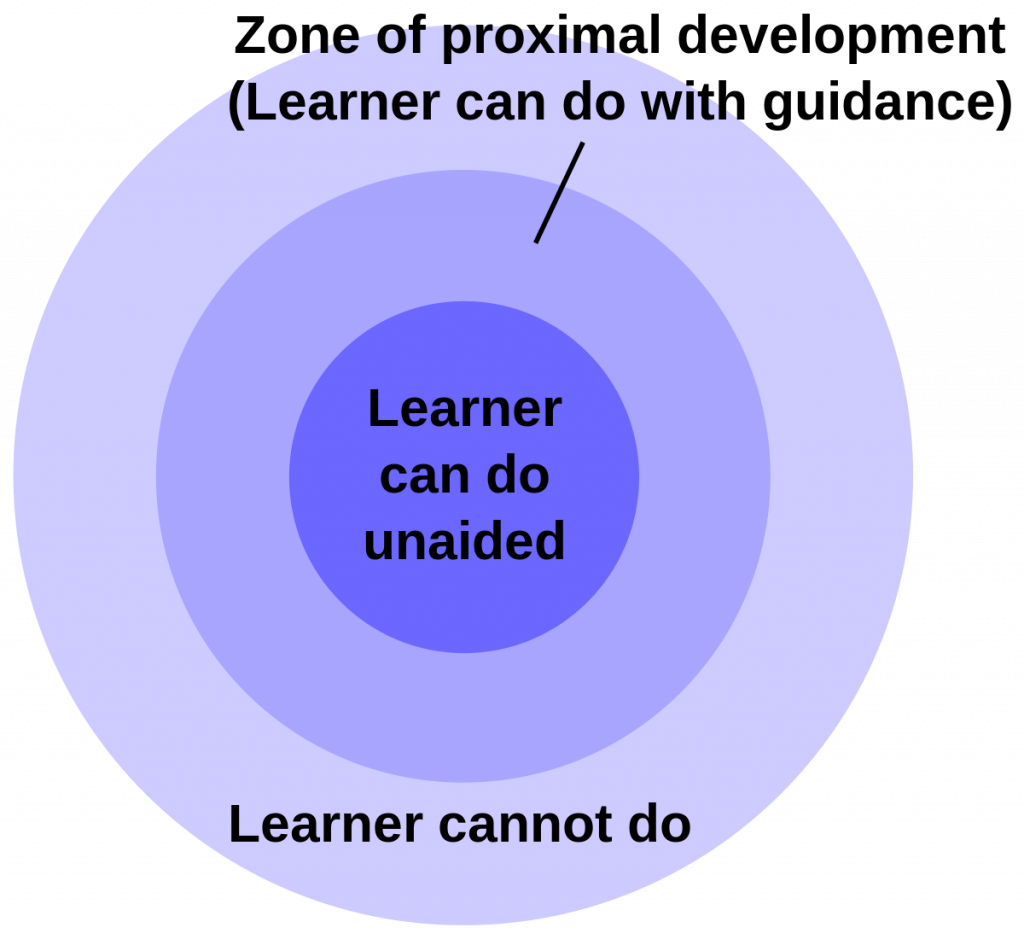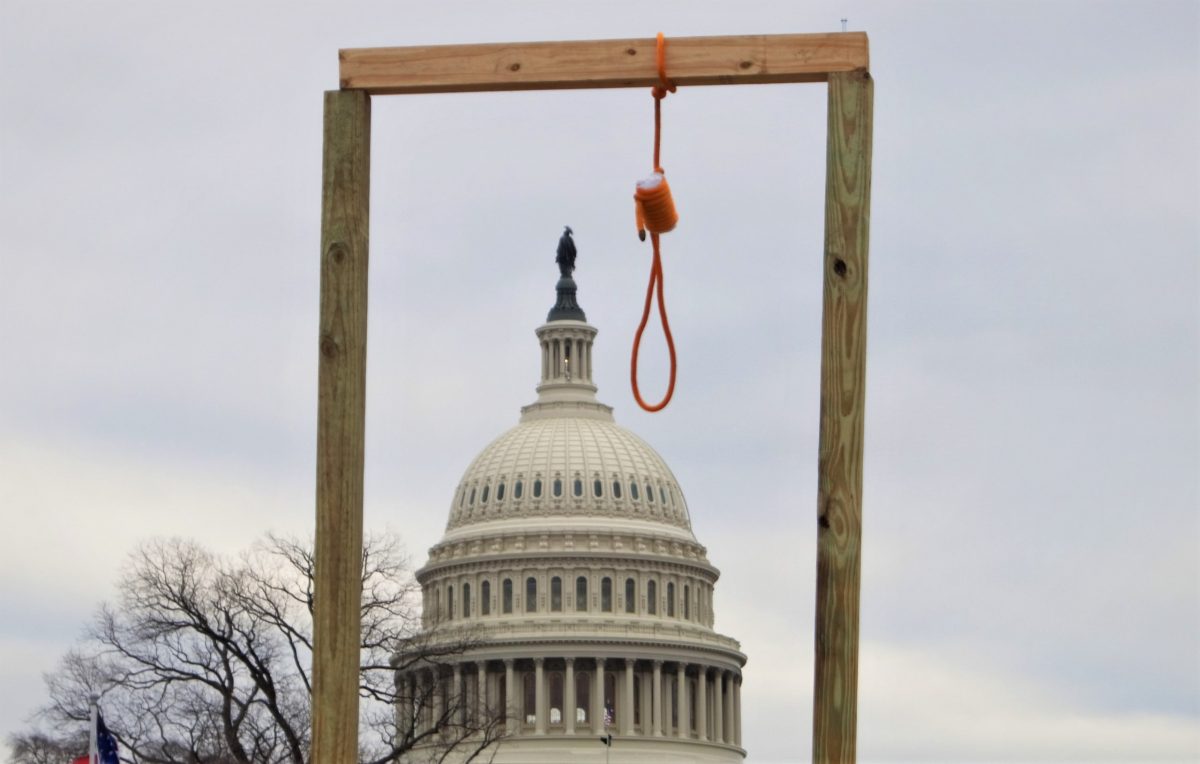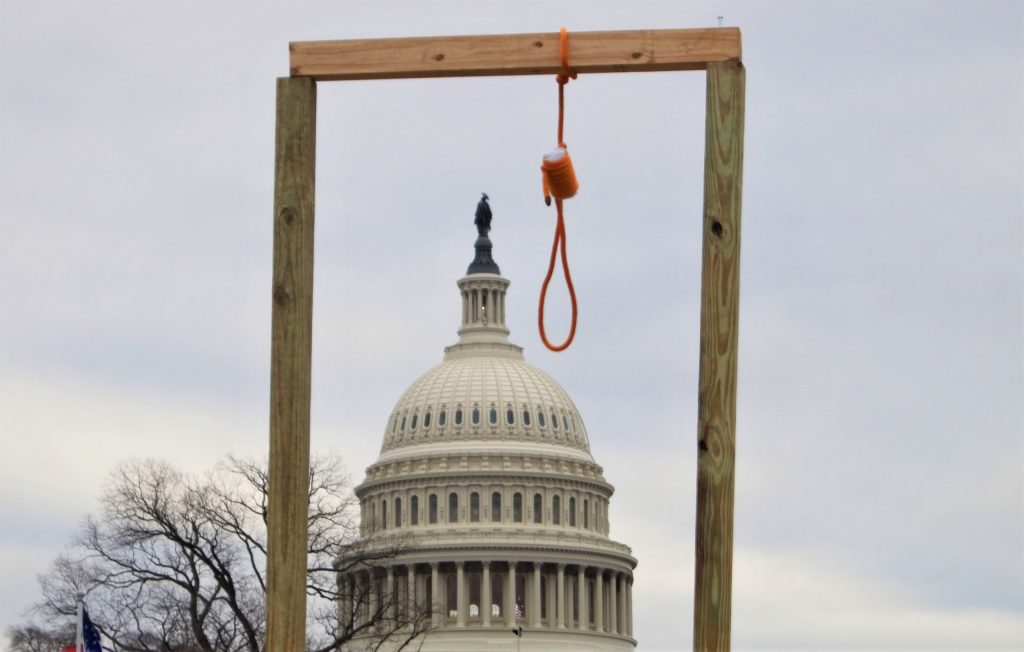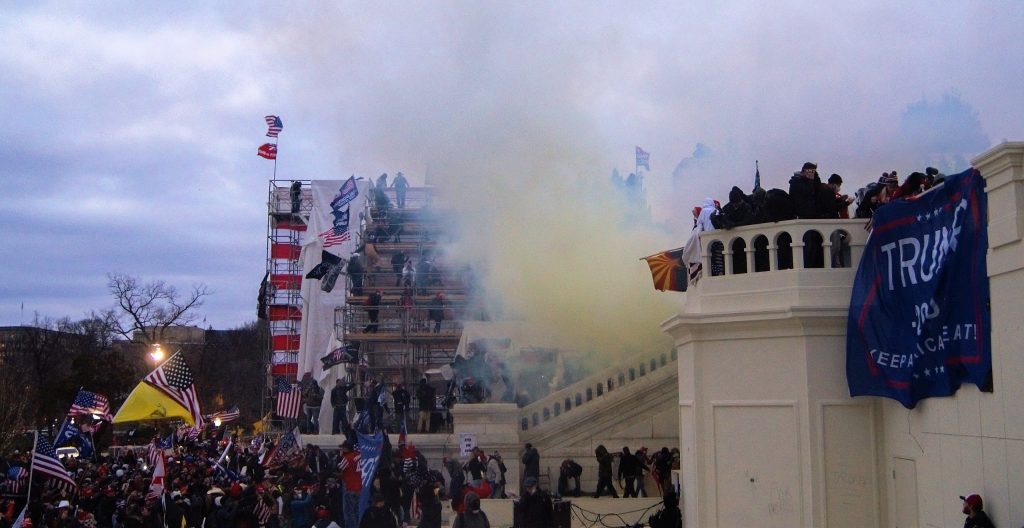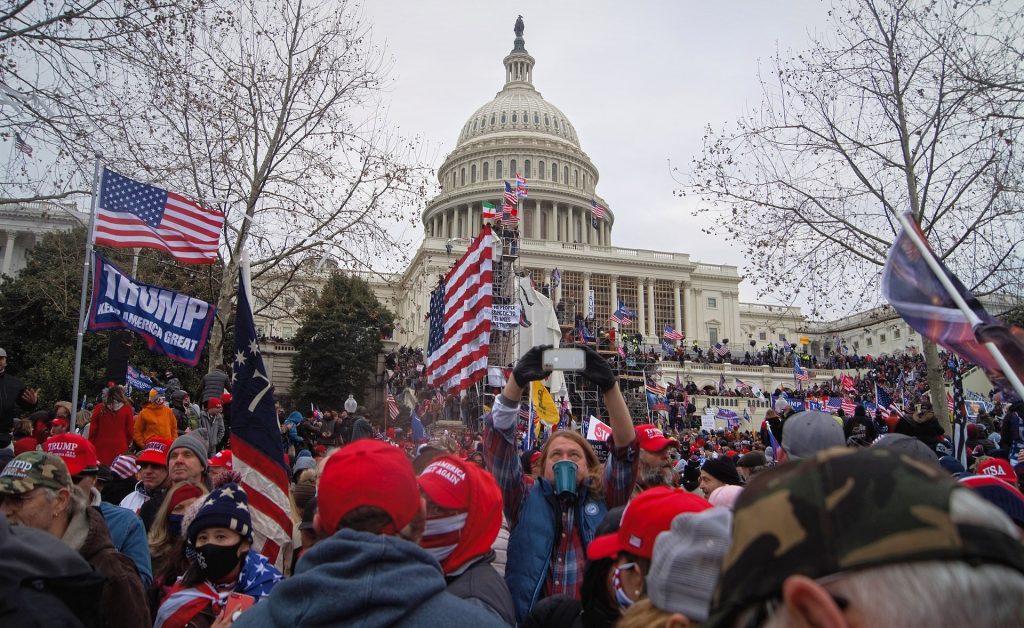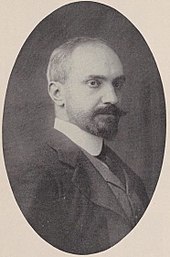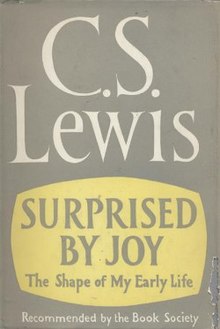I remember baseball practice vividly growing up. For a decade of my life, baseball consumed me. I honestly loved every minute of it. Practice began with stretching, playing catch, running the bases, fielding ground and fly balls, and sometimes, batting practice. We practiced skills. What practice didn’t consist of, however, was playing a full game.
Fast forward to my life as a teacher. I regularly watched the soccer, basketball, and football players practice on campus. Just like my own experience, these players rarely played games. They conditioned, practiced specific skills in drills, and learned a little bit of the “why” for certain plays.
In reality, the vast majority of time playing a sport is not game time. It’s practice time. Filled with repetition and focused training, practice is much more time consuming than playing the game itself, but it is absolutely essential if one wants to perform well come game time.
Coaches understand that without constant repetition and concentrated practice in specific skills, players will not be adequately prepared once the referee blows the whistle or the umpire shouts “play ball!” As teachers of historical thinking, we would do well to adopt a similar approach.
As much as we love deep discussions through socratic seminars or long, elaborative essays answering profound historical questions, our students cannot feel successful in these big tasks if they have not internalized the foundational skills of historians. In a sense, we need to bring “the drill” into the classroom. At Thinking Nation, we believe that in order to cultivate thinking citizens, we need to give students constant practice in the skills of historical thinking. A practical way we do this is through our Document Analysis graphic organizers.
For all of our units, we pair primary and secondary sources with our THINKS (free download!) analysis organizer. We also provide various historical thinking skill-specific organizers (Skills like Historical Significance, Causation, Causation, and Continuity and Change over Time). Teachers should try to carve our one day a week for students to do this time of focused analysis on a single document.
We believe that if students have regular practice asking the questions of documents inherent to these organizers, students can internalize those questions as they analyze all texts, whether in or out of our classrooms. The organizers (more free downloads!) act like a drill. Just as the athlete will field 100 ground balls in order to be prepared for the couple that may come during a game, the student will repeatedly ask the same questions of every document in order to be prepared for the rigor of a DBQ or socratic seminar.
Athletes who don’t practice consistently cannot perform well during a game. Likewise, we cannot expect our students to flourish in complex tasks inherent to our domain if we do not give them regular and adequate practice with the skills they need to succeed. As teachers plan out the year ahead, let’s prioritize giving students regular practice with rigorous concepts. This way, our students feel empowered to dive into history deeply, knowing they have the skills to do so.
